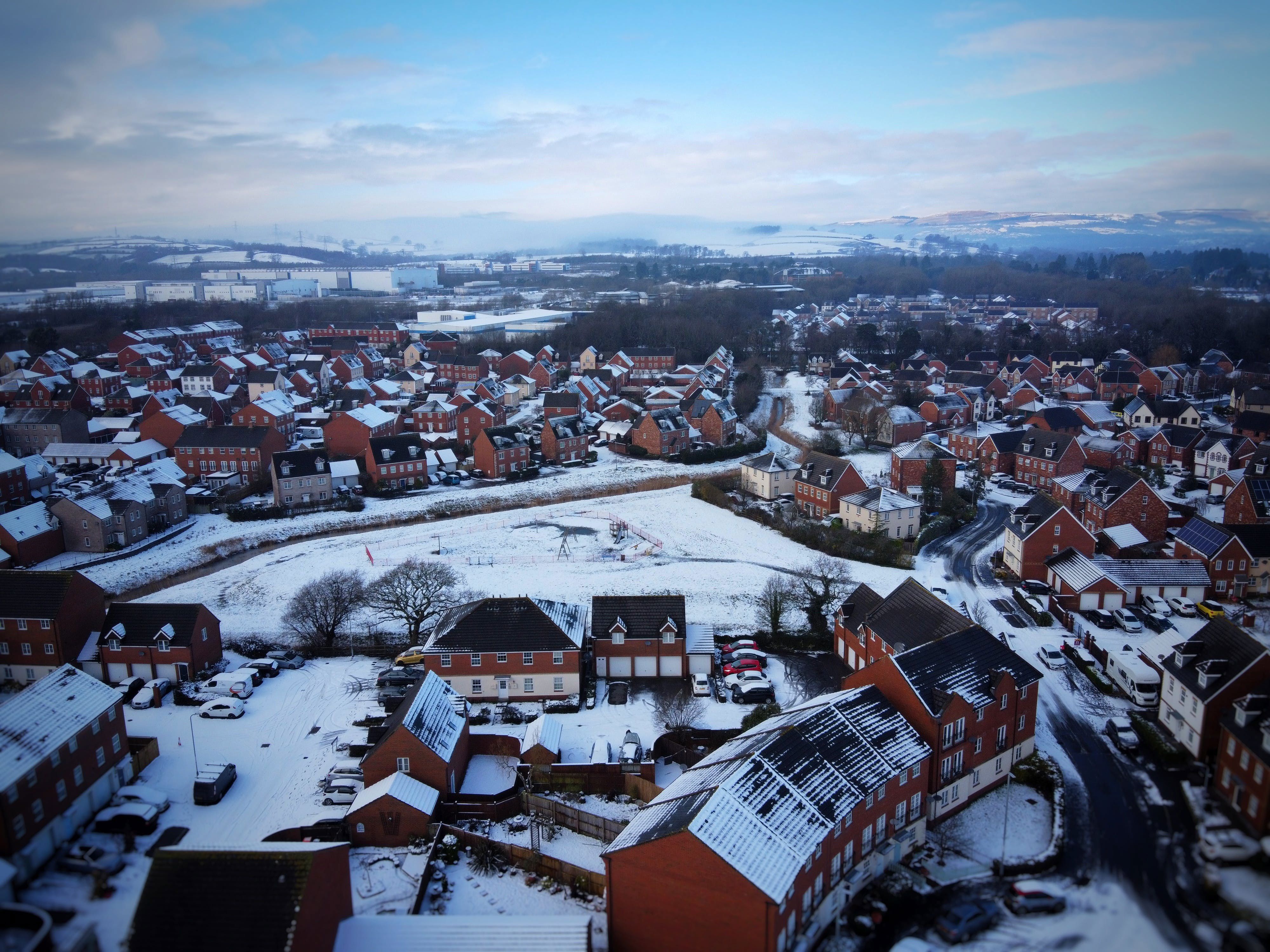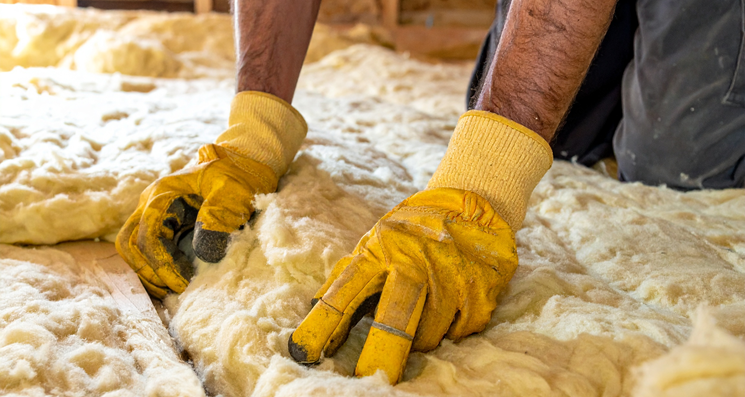Some ways to prevent water pipes from freezing
Fortunately, pipe insulation is both cheap and effective and can usually be purchased from your local hardware store.
There’s also a more high-tech option for those willing to spend a bit more: the smart thermostat. A smart thermostat will allow you to keep a minimum temperature in your home, controlled over the internet by your smartphone or another device. This means you’re free to adjust the temperature even when you’re not at home.
Make sure you know where your stopcock is located
If you experience a leak, the fastest remedy is to locate your stopcock and turn it off. It’s common for a property to have two stopcocks - one inside and one outside. The one inside can usually be found below the kitchen sink (though this may vary, especially with older properties). The one outside will likely be located on the boundary of your property, by the street.
If you’re having trouble finding your stopcock, consider asking your neighbour where theirs is, as it will likely be in a similar place.
Cracked water pipes aren’t the only cause of leaks
Check your shower and bath for damaged caulking (sealant), which may lead to leakage. If your bathroom is on an upper floor, leaking water could damage the ceiling, walls and contents in the rooms below. Caulk is cheap and relatively easy to apply, so it’s worth considering replacing it regularly. Caulking should last for about five years when properly used and maintained, although it’s essential to check it annually.
Check for leaks at regular intervals
Inspecting your property for faulty taps, pipework, and other plumbing regularly will ensure a leak doesn’t become a flood. As well as checking fixtures, examine the surrounding areas. It may not be immediately apparent that a tap is leaking, so stay vigilant for any unexplained dampness, particularly under sinks.
Checking beneath machines such as the dishwasher, fridge and washing machine is also good practice, as well as examining the surrounding pipework. And if you are travelling for an extended period, you may want to turn the water off at the mains and turn the taps on to drain the system as much as possible.
Consider installing a leak detection device
Consider installing a water leak detector to add an extra layer of protection from escape of water risk. The device is designed to detect a leak in the water system. It can automatically shut the water supply off to prevent further damage to your belongings and property.
What you can do when a leak occurs
If you suffer a burst pipe, turn off the stopcock and turn on all taps to drain the system to prevent further water from escaping. Try to locate the source of the leak. Do not touch electrical sockets or switches, as water may have got into them. Move valuables away from any dripping water if possible.
Inform your insurer
Most insurers provide a 24-hour emergency helpline, so contact your insurer as soon as possible for advice and to start the claim process. If necessary, arrange for any temporary repairs to be made to prevent the escape of water damage from worsening. Remember to keep receipts, as they will form part of your claim.







